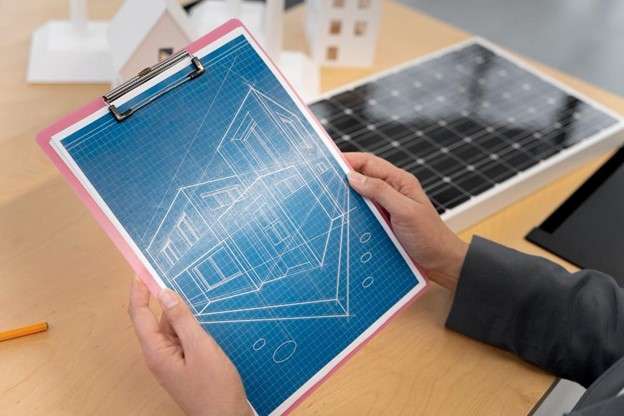We are living in an era when technological integration in the construction sector is not simply desirable but imperative; therefore, MEP (Mechanical, Electrical, and Plumbing) modeling becomes the most critical tool for architects, engineers, and construction professionals. This article highlights how the use of Building Information Modelling (BIM) together with MEP modeling goes beyond just a trend but rather redefines the method as the engine that powers projects for the future. It demonstrates a perfect match between the precision delivered by MEP modeling and the unparalleled capabilities provided by BIM, which are geared towards creating infrastructure that is not only energy efficient and sustainable but also responsive to the ever-changing needs of tomorrow.
The Future of Construction: MEP Modeling and BIM Integration
With the development of the construction sector, MEP modeling has become the backbone for the implementation of most modern infrastructure projects. Merging of Building Information Modelling (BIM) to MEP modeling creates a new kind of construction where buildings are developed, constructed, and maintained efficiently, sustainably, and are prepared for a brighter future.
Streamlining Project Execution with MEP Modelling
MEP modeling marks a turning point in the process of planning and execution of construction projects. Through the comprehensive digital recreation of mechanical, electrical, and plumbing systems, the stakeholders are able to come across issues on time during the design phase, that could bring about expensive problems and delays. In this regard, the risk of committing these mistakes are reduced. The accuracy and productivity of MEP modeling implicate that projects follow the topmost quality and output standards.
Enhancing Collaboration through MEP BIM Modelling
MEP BIM modeling introduces a new dimension of a collaborative approach. BIM creates a common denominator between architects, engineers, and contractors, bringing about the timely sharing of information. Such a collaborative environment solves the conflict and makes the process more professional and deft, resulting in faster and more rewarding consequences.
Moksh CAD: Paving the Way for MEP Modelling & BIM Implementation
At the forefront of this technological revolution, Moksh CAD is the benchmark for the industry regarding MEP modeling and MEP BIM modeling. An essential feature of this company is its knowledge and the innovative application of BIM technology as it facilitates the implementation of smarter, more flexible infrastructure solutions. Collaboration with Moksh CAD will enable the projects to such a high degree of accuracy and speed, that competitors will be forced to raise the bar to achieve exceptional results.
The Impact of BIM on MEP Modelling
The impact of using BIM together with MEP modeling is immense. BIM’s holistic insight not only makes MEP designs more accurate but also it helps building lifecycle management. This then brings to the table a process which has sustainability and cost efficiency and also accommodates the changing needs of the users.
Conclusion: Building the Future with MEP Modeling and BIM
BIM being adopted into the MEP designing practice marks a whopping leap ahead for the construction industry. Given that we believe that the buildings of tomorrow will be smarter, sustainable, and more responsive to their occupants’ needs, the role of technologies like MEP BIM modeling becomes of even more significance. And thanks to the work of frontrunners, such as Moksh CAD, this is an incredible opportunity for creating a breakthrough in the construction industry.

As the editor of the blog, She curate insightful content that sparks curiosity and fosters learning. With a passion for storytelling and a keen eye for detail, she strive to bring diverse perspectives and engaging narratives to readers, ensuring every piece informs, inspires, and enriches.










